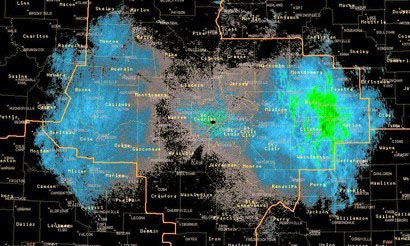
The meteorologists who invented weather radar never expected to be studying bugs. But today they do.
There are 159 weather radar stations in the US. They look like giant golf balls on towers. There’s a rotating dish within the white sphere that sends radio pulses into the sky. When they meet something, some of the radio waves bounce back.
The radar reads the time and strength of the returned waves to determine the distance and concentration of the object they encountered. Like a cloud.
As weather radar has become more sensitive, meteorologists began to receive readings of strange clouds. One was 80 miles wide, hovering over a mile high, before it suddenly disappeared.
They eventually realized it was a giant swarm of ladybugs; they fell off the radar when they dropped below 450 feet on the way to land.
Soon meteorologists were seeing more enormous clouds—sometimes hundreds of miles across—of mayflies, monarch butterflies and grasshoppers—all harmless.
But clouds of agricultural pests were also detected, like migratory moths that lay eggs on crops, which hatch into caterpillars that destroy the plants.
Meteorologists trained themselves to differentiate these pest clouds and alert farmers when bad bugs move into an area—so they can optimize pesticide spraying to protect their fields.
Another surprising benefit of technology in our daily lives.
Background
Synopsis: Individual bugs may be small, but when flying insects migrate, they can fill the skies to the point that they show up…on weather radar. While most of us might be amused by observing clouds of bugs on a radar screen, biometeorological researchers use different varieties of weather radar to help farmers track both beneficial and harmful insect movements.
- Biometeorology is the study of the seasonal relationships between living organisms and weather.
- In an interesting twist for science, meteorologists have teamed up with biologists to use meteorological tools to study certain aspects of the biosphere.
- Weather radar has turned out to be a useful tool for tracking seasonal biological episodes, as well as documenting the weather that influences them.
- Weather radar stations are rotating dishes that are housed in protective white domes. There are 159 of these constantly operating Next Generation Weather Radar (NEXRAD) stations distributed around the United States.
- An antenna in the dish pulses RADAR (RAdio Detection And Ranging) beams into the atmosphere.
- The transmissions angle upward to higher and higher elevations to complete a 3D volume scan about every 4–6 minutes.
- When the beams encounter something in the sky, like raindrops, radiation is scattered and some of it bounces back toward the radar dish, where it is captured.
- The time it takes for the pulse to return provides information about how close the objects are.
- The strength of the return correlates with size or concentration of the objects.
- Since 1980, Doppler radar has been used to detect the velocity of atmospheric objects and the direction of their movement.
- Modern dual polarization technology sends out a pair of beams that enable meteorologists to determine the size and shape of the objects falling through the atmosphere, distinguishing rain from sleet, snow and hail.
- Dual polarization also distinguishes objects that are not precipitation because of their shape or size and because they may be changing shape. Usually, these signals are filtered out of weather radar images.
- Scientists also use X-band radar to track flying creatures, but these systems are not in constant operation like the NEXRAD network.
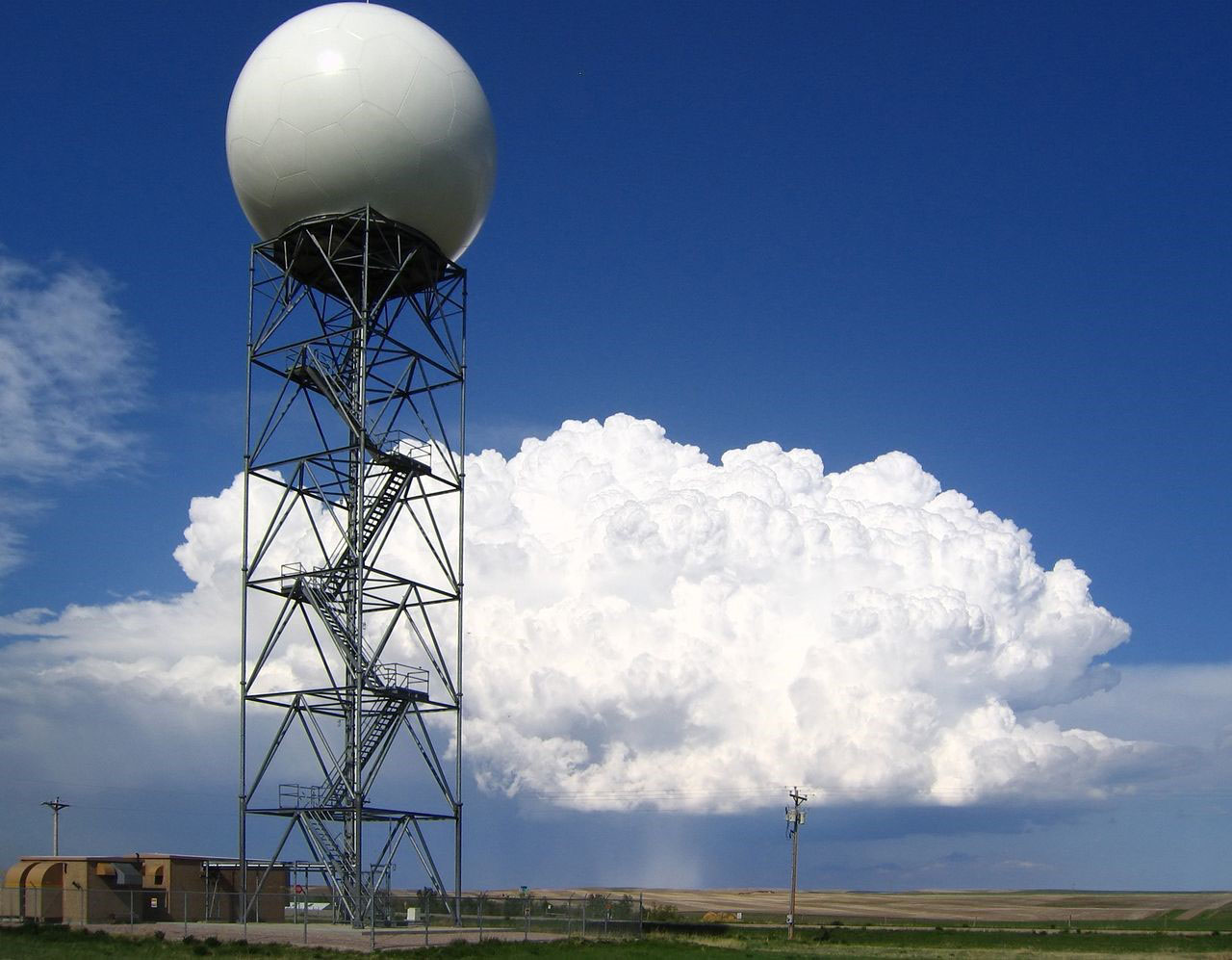
- In recent years, as tool capabilities improved, meteorologists were surprised to see many instances of biological clouds on the horizon.
- These are insect, bird and bat movements that generally take place when the wind is calm. The radar returns are easier to see if the weather is dry.
- In June of 2019, a massive swarm of ladybugs showed up on Doppler radar in Southern California.
- Ladybugs are beneficial insects that consume agricultural pests called aphids and pollinate crops.
- They migrate on windless nights when the temperature exceeds 55oF (13°C).
- The swarm was 80 miles wide and was flying at 5,000–9,000 feet (1,500–2,750 meters) elevation, and then they just disappeared as they dropped below radar detection at about 450 feet (140 meters) elevation.
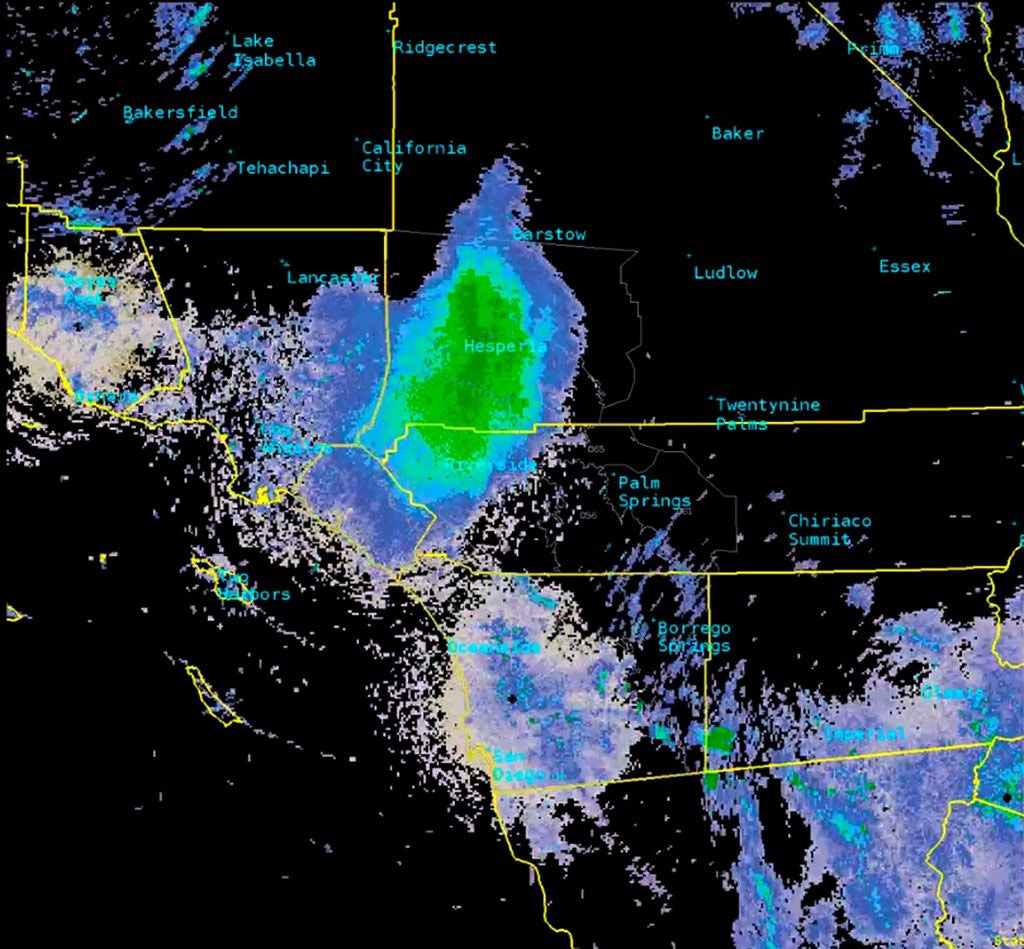
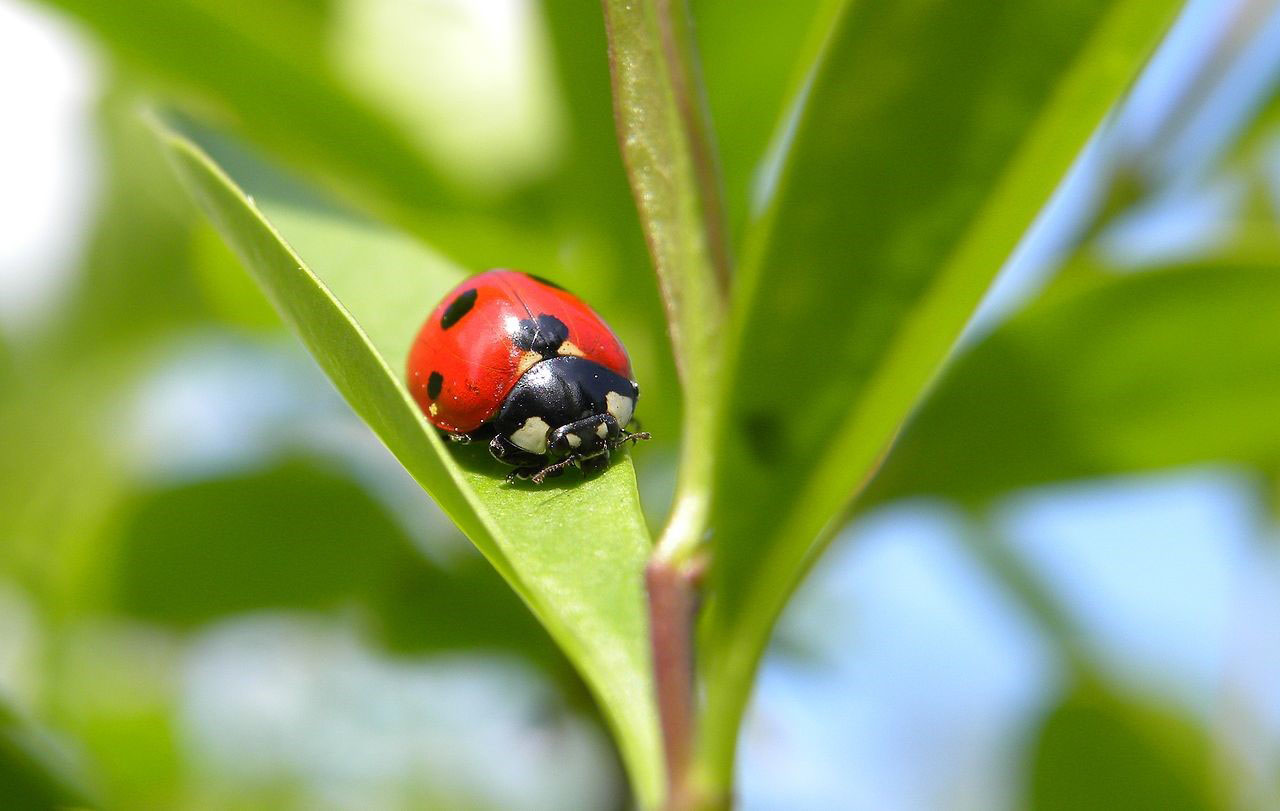
- In July of 2014, weather radar recorded an unusually enormous mayfly hatch along the northern Mississippi River.
- These harmless aquatic insects have been around for more than 100 million years.
- They become adults nearly simultaneously, swarming thousands of feet in the air to mate.
- They die as soon as eggs are laid, about 24 hours after hatching, leaving an awful mess in nearby communities.
- The annual mayfly hatch leaves a grisly feast for river trout and have been models for many popular fly fishing lures for centuries.
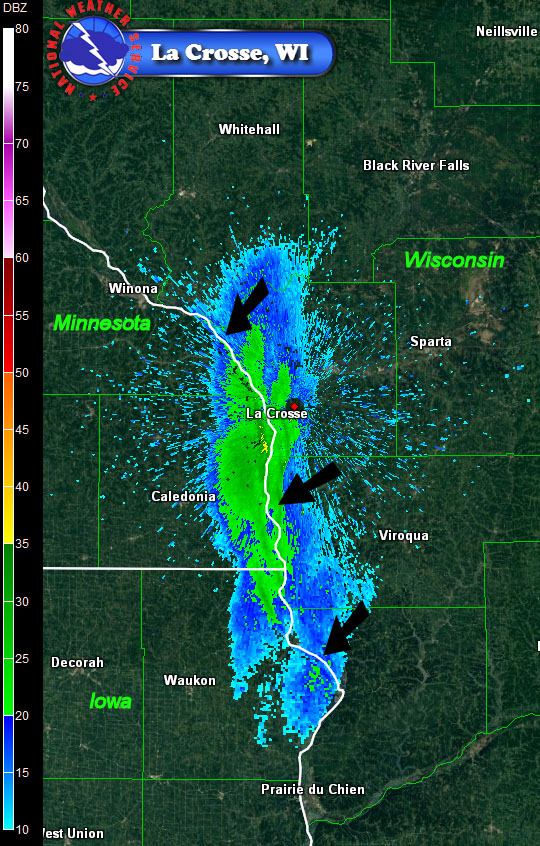
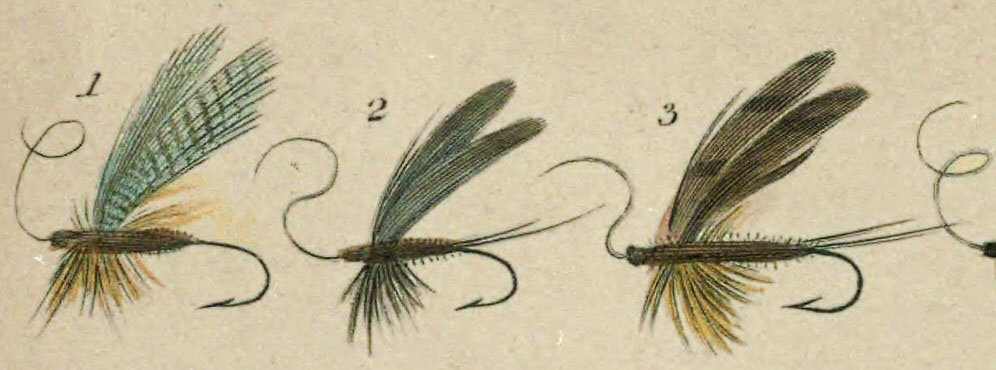
- And then there is the story about the 46 million grasshoppers who took a vacation to Las Vegas in July 2019…
- That’s more grasshoppers in one night than human visitors over an entire year for the “City that Never Sleeps.”
- These pests covered casinos and blanketed the sidewalks, and, of course, they were caught on weather radar!
- Attracted by the bright lights of the Las Vegas Strip, these grasshoppers had enjoyed an especially wet winter and an enormous hatch.
- They weren’t dangerous to humans or crops, but they messed up the town with 30 metric tons of crunchy grasshopper biomass!
- But beneficial and sometimes annoying pests aren’t the only ones that can be tracked by weather radar; harmful pests that threaten crops can also be tracked to help farmers.
- We talked about the dangers of locust swarms to food security in Africa in a previous episode (ED-167).
- In 1995, two types of migratory moths destroyed cotton crops in the Lower Rio Grande Valley of Texas: the cabbage looper and the beet armyworm.
- The cabbage looper (Trichoplusia ni) migrates north from Mexico for winter and goes back south for summer. It’s larvae prefer cruciferous plants like cabbage and broccoli but can feed on more than 160 plants, leaving unsightly holes in leaves and flowers.
- The beet armyworm (Spodoptera exigua) originated in Southeast Asia, but made its way to Oregon by 1876 and had spread to Florida by 1924. Its larvae feed on food and fruit crops and can completely exfoliate small plants.
- Biometeorologists use weather radar to see moth migrations, warning farmers about the speed and direction of pest migrations so crops can be protected by timing pesticide use to intercept the intruders.
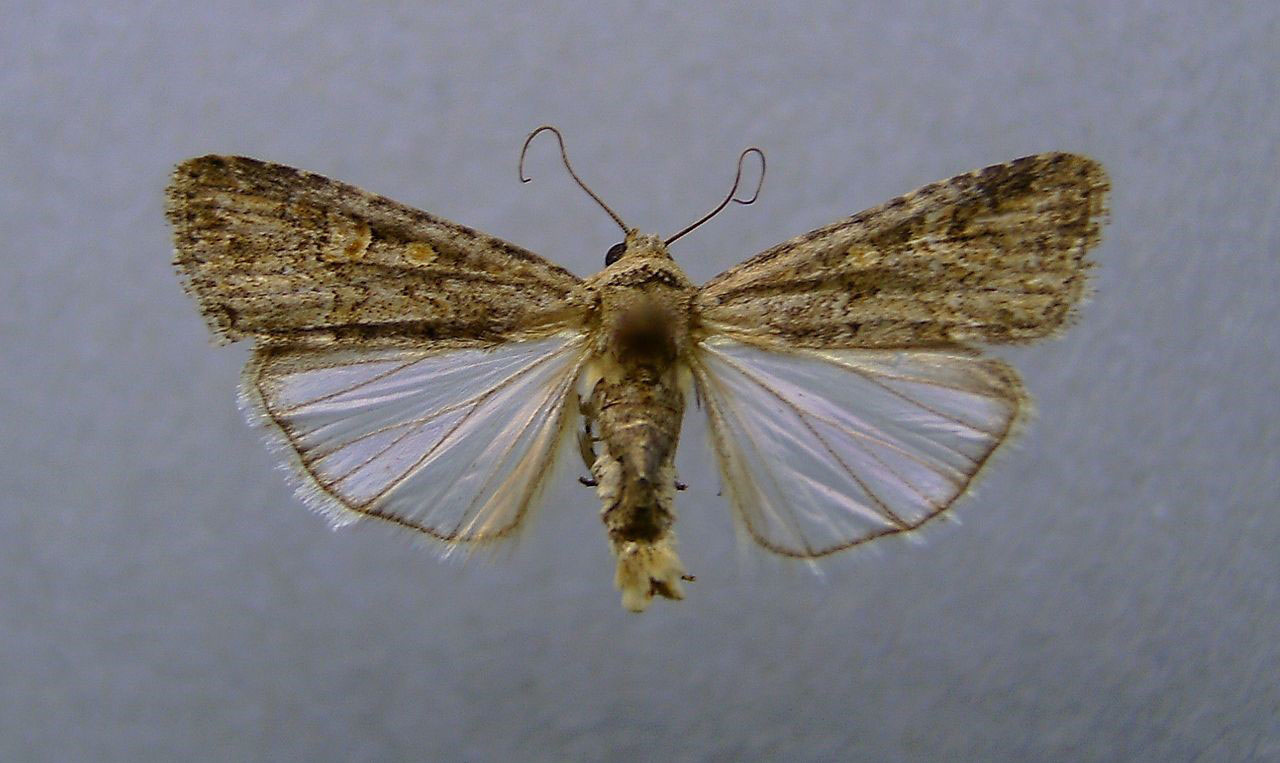
- Scientists from the United States Department of Agriculture are now using weather radar against migrating bollworm moths.
- Helicoverpa zea is a major agricultural pest that consumes many important food crops.
- The moths use the wind to migrate as much as 250 mi (400 km) in a single night.
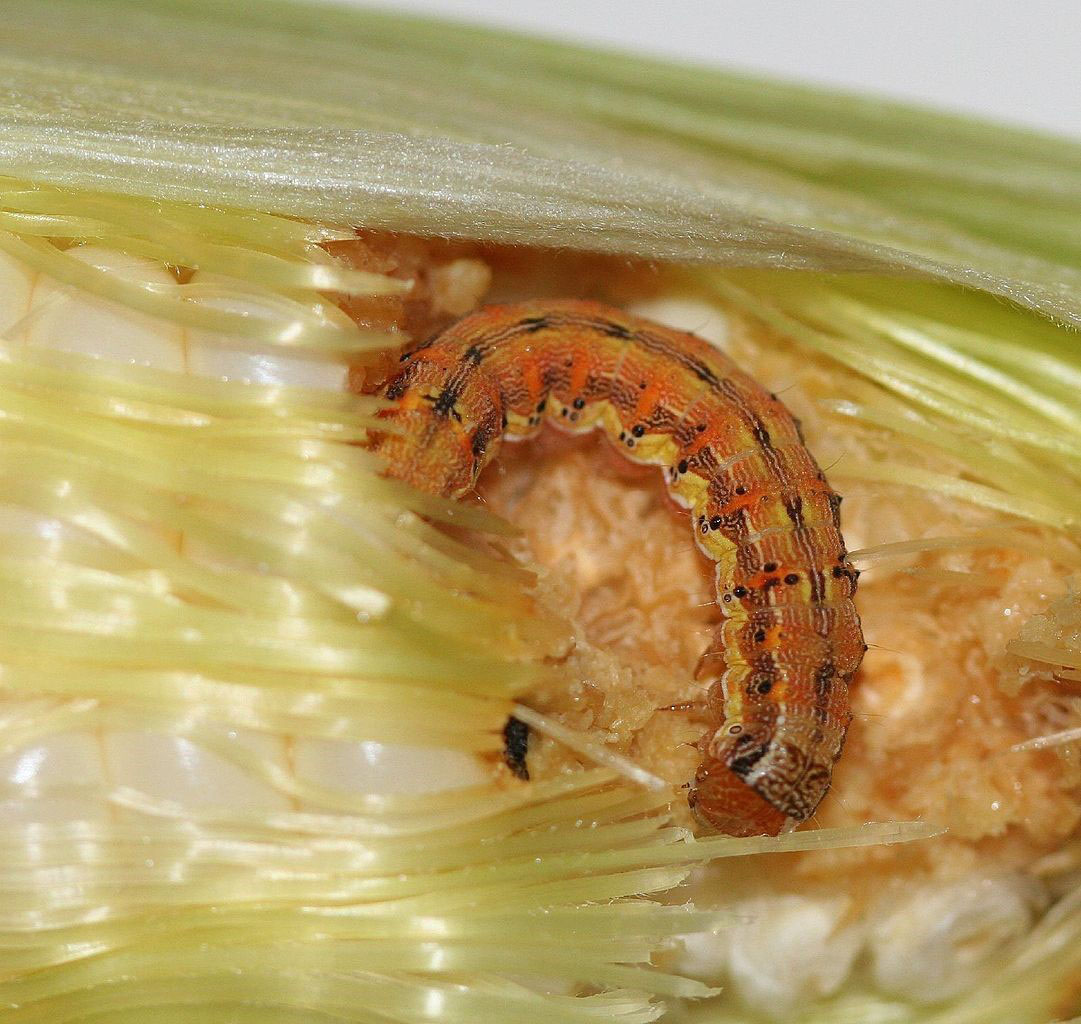
- Bats and birds can also be tracked using weather radar, and their movements may also inform us about migrations of their favorite prey—insects.

